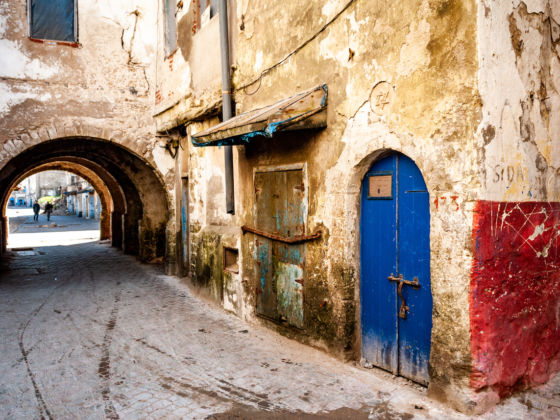If we don’t stay constantly vigilant when it comes to protecting the world’s cultural heritage sites, we risk losing them to human conflict, urbanization, natural disaster, or climate change. That’s why every two years, the World Monuments Watch calls attention to the world’s most at-risk monuments. Since 1996, the Watch has recognized 814 threatened sites in need of conservation efforts and has invested over $300 million of raised money in protection.
The 2018 World Monument Watch features 25 sites from around the world. Some sites date from prehistory whereas some are 20th-century constructions; some sites are in rural settings while others are in busy urban centers. And no country is immune — New York’s Buffalo Central Terminal is considered an architectural landmark in dire need of redevelopment while, on the other side of the world, an important public housing building in Australia is facing the risk of demolition. Regardless of their locations, each site represents a great opportunity for conservation and community engagement.
Here is a complete list of the 25 sites.
